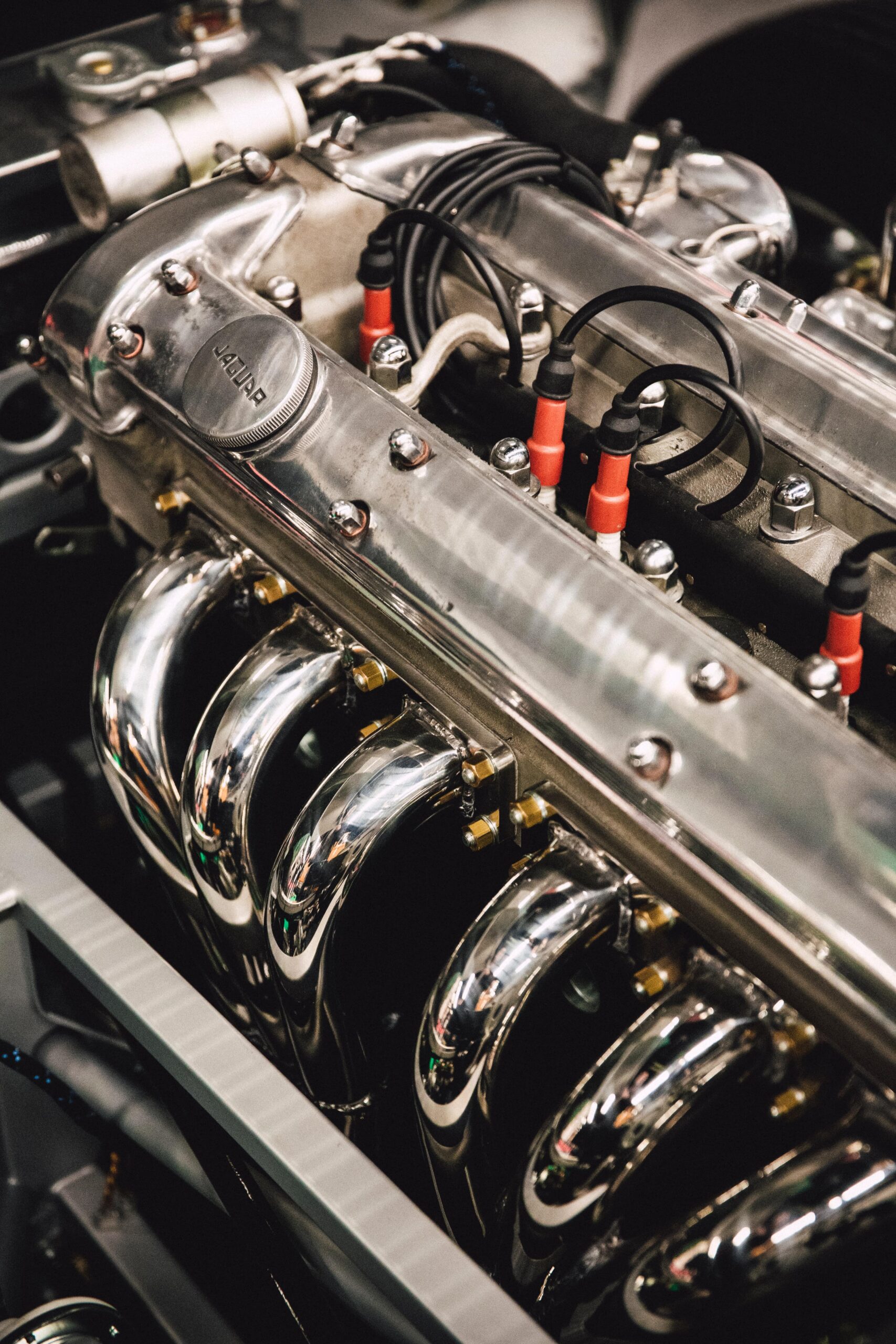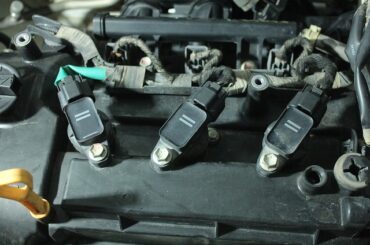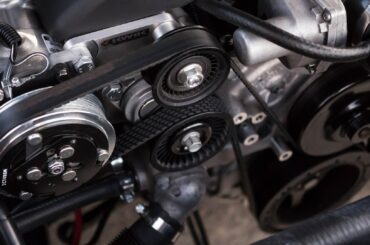Regular vehicle maintenance ensures our cars‘ longevity and optimal performance. From routine inspections to timely oil changes, these tasks are vital for preserving the health of our vehicles. However, even reputable establishments can sometimes make mistakes that can have unforeseen consequences. One such incident that highlights the significance of vehicle maintenance is when a dealership forgets to put the oil cap on.
The oil cap might seem small, but its role in engine protection is paramount. It serves as a seal for the oil filler opening, preventing dirt, debris, and contaminants from entering the engine. When the oil cap is missing, it can lead to oil leakage, which reduces lubrication and increases friction within the engine components. Over time, this can result in excessive wear and tear, compromised engine performance, and even engine failure.
In this article, we will explore the importance of vehicle maintenance and investigate the incident where a dealership overlooked the simple task of replacing the oil cap. We will discuss the potential consequences of a missing oil cap, and the immediate actions vehicle owners should take when facing this situation. Furthermore, we will address how to deal with the dealership responsible for the oversight and the subsequent vehicle inspection and documentation steps. Lastly, we will touch upon seeking compensation if necessary and emphasize the importance of regular maintenance and diligent oversight to ensure our vehicles remain in optimal condition.
Contents
The Consequences of a Missing Oil Cap
The consequences of a missing oil cap can be significant, impacting both engine protection and overall vehicle performance. Let’s explore the key points regarding the consequences of this oversight:
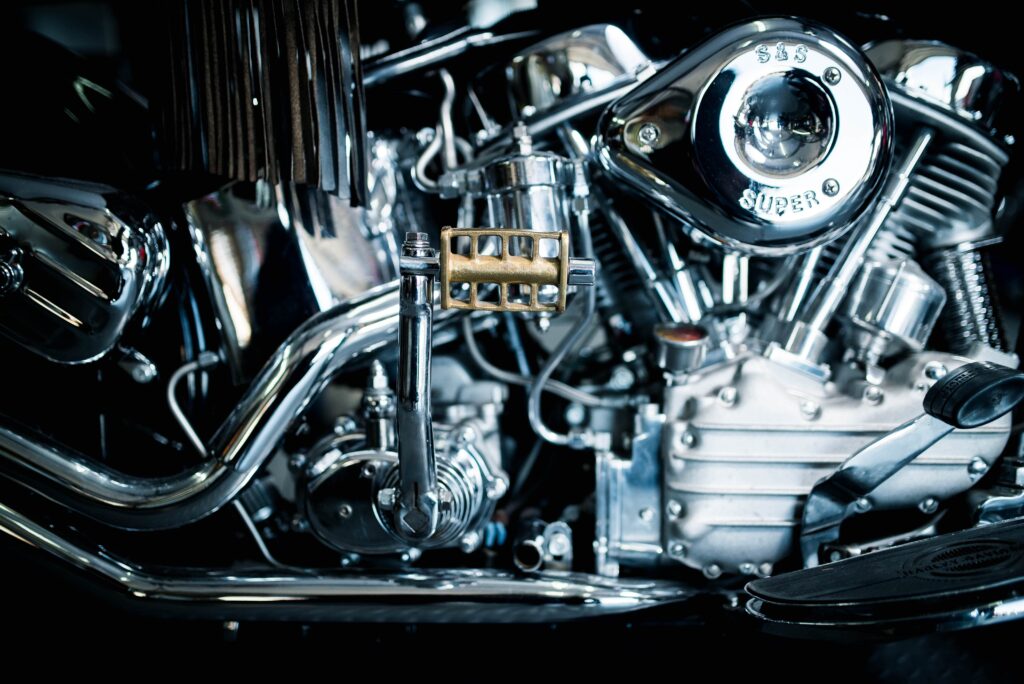
The oil cap plays a crucial role in engine protection. Its primary function is to seal the oil filler opening, preventing external elements like dirt, debris, and contaminants from entering the engine. These harmful substances can infiltrate the engine without the oil cap, leading to potential damage.
A missing oil cap can cause various forms of damage to the engine. First and foremost, it results in oil leakage. The oil, vital for lubrication and temperature regulation within the engine, will escape through the open oil filler opening. As a result, the engine will experience reduced lubrication, leading to increased friction between the moving components.
The increased friction caused by insufficient lubrication can have severe consequences. It can accelerate wear and tear on engine parts such as bearings, pistons, and camshafts. Over time, this can lead to decreased engine performance, reduced fuel efficiency, and even engine failure.
Additionally, the absence of the oil cap allows contaminants to enter the engine. Dirt and debris can mix with the oil, forming sludge and causing blockages in critical engine passages. This further hampers the engine’s ability to function optimally and can result in restricted oil flow, increased heat buildup, and decreased overall engine longevity.
Immediate Actions to Take
When faced with a missing oil cap, it’s crucial to take immediate action to mitigate any potential damage and ensure the safety of your vehicle. Here are the key immediate actions you should take:
1. Stop driving and ensure safety: When the oil cap is missing, immediately pull to a safe location and turn off the engine. Driving without the oil cap can lead to oil leakage and further damage to the engine. By stopping promptly, you minimize the risk of additional harm.
2. Inspect for oil leaks: After stopping, carefully inspect the engine compartment for any signs of oil leakage. Look for oil splatters, puddles, or noticeable drops of oil under the vehicle. If you observe any leaks, you must contact a tow truck or professional assistance to transport your car to a trusted mechanic or dealership for inspection and repairs.
3. Temporary solutions to prevent debris: If there are no visible oil leaks, but you are concerned about debris entering the engine, you can implement temporary measures to minimize the risk. Cover the oil filler opening with a clean cloth or place a plastic bag secured with a rubber band. This temporary solution will help prevent dirt, debris, and contaminants from entering the engine until a replacement oil cap can be obtained.
By taking these immediate actions, you prioritize safety, minimize potential damage, and protect the engine from further harm. Remember to proceed with caution and seek professional assistance as needed to address the missing oil cap issue and ensure the well-being of your vehicle.
Dealing with the Dealership
When faced with a situation where the dealership forgets to put the oil cap on your vehicle, it is essential to handle the matter with the dealership directly. Here’s a brief overview of the steps to take when dealing with the dealership:
1. Contacting the dealership and reporting the issue: Reach out to the dealership that performed the service and inform them about the missing oil cap. Provide details about the service appointment, including the date and time, and any relevant information regarding the service advisor or technician who worked on your vehicle.
2. Expressing concerns and seeking assistance: Communicate your concerns regarding the potential damage caused by the missing oil cap. Emphasize the importance of their oversight and its impact on your vehicle’s performance and longevity. Request their assistance in addressing the issue promptly and effectively.
3. Clarifying responsibility and potential liabilities: In your communication with the dealership, clarify that the responsibility for the missing oil cap rests with them. Seek clarification on how they intend to rectify the situation, including covering any costs associated with inspection, repairs, or related expenses. Discuss potential liabilities and ensure that they understand the gravity of the situation.
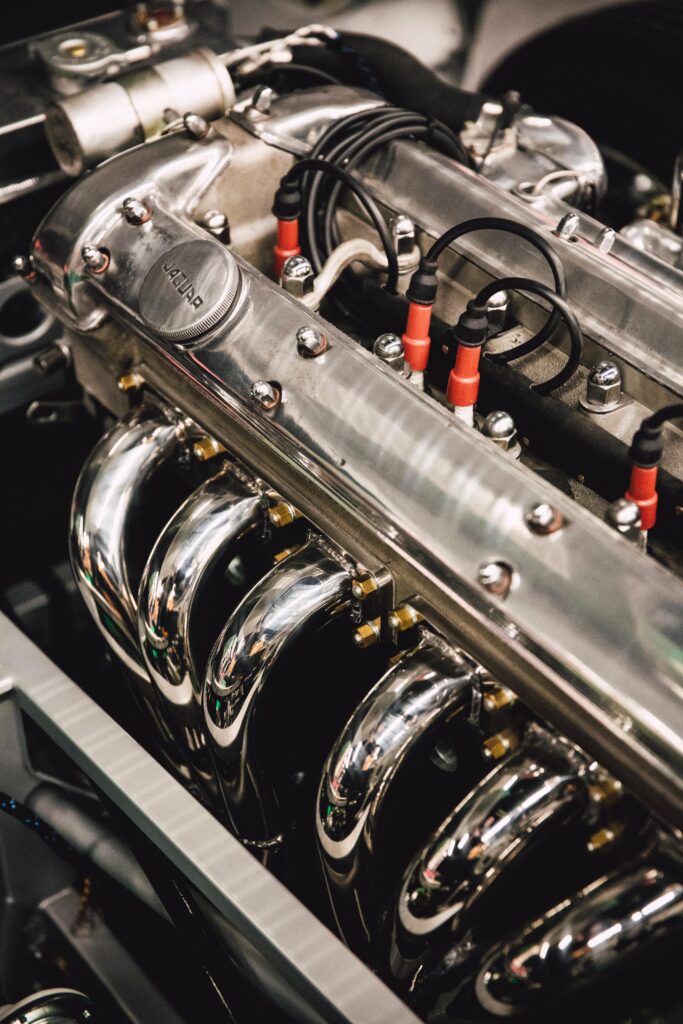
By contacting the dealership, expressing your concerns, and seeking their assistance, you establish open communication channels to address the oversight effectively. Remember to maintain a professional and assertive tone while dealing with the dealership, emphasizing the importance of their responsibility and seeking a satisfactory resolution to the issue.
Vehicle Inspection and Documentation
Once you have addressed the issue with the dealership regarding the missing oil cap, proceeding with a thorough vehicle inspection and proper documentation is crucial. Here’s a brief overview of the steps to take during the inspection and documentation process:
1. Importance of a thorough inspection: Schedule a comprehensive vehicle inspection with a trusted mechanic or reputable dealership. A thorough inspection will help assess any potential damage caused by the missing oil cap and determine the overall condition of your engine. This step is essential to identify any issues early on and ensure your vehicle remains in optimal condition.
2. Seeking professional assessment of the engine’s condition: During the inspection, rely on the expertise of the professional mechanic or dealership to assess the engine’s condition. They will examine components for signs of damage, excessive wear and tear, or any other issues that the missing oil cap may have caused. Their assessment will help determine the extent of the damage and guide the necessary repairs or maintenance.
3. Documenting interactions, dates, and individuals involved: Keep detailed records of all interactions with the dealership and the mechanics involved in the inspection process. Note down dates, times, names of individuals you communicate with, and important details of your conversations. This documentation will indicate your efforts to address the issue and can be useful if further actions or compensation claims are required.
4. Taking photographs as evidence: Alongside documenting interactions, take photographs of any visible damage, oil leaks, or related issues discovered during the inspection. Photographs are visual evidence supporting any claims or discussions about the missing oil cap incident. Ensure the photographs are clear, well-lit, and properly depict the situation.
By conducting a thorough inspection, seeking professional assessment, and documenting all relevant details, you ensure that the extent of the damage is properly assessed and documented. This information will be crucial for any claims, compensation, or further actions related to the incident.
Seeking Compensation if Necessary
If the missing oil cap has damaged your vehicle, seeking compensation may become necessary. Here are some key steps to consider when pursuing compensation:
1. Evaluating damage and associated costs: Assess the extent of the damage caused by the missing oil cap. Obtain a detailed report from a trusted mechanic or dealership, including an itemized repair list and associated costs. This evaluation will help you determine the financial impact of the incident and provide a basis for seeking compensation.
2. Consultation with legal professionals: Consult with a legal professional specializing in automotive law or consumer protection. They can provide guidance on your rights, assess the strength of your case, and advise you on the best course of action. A lawyer can also assist in communicating with the dealership or pursuing legal action if necessary.
3. Contacting consumer protection agencies: If you encounter difficulties resolving the issue directly with the dealership, consider contacting consumer protection agencies in your jurisdiction. These agencies can provide assistance and guidance and sometimes mediate disputes between consumers and businesses. They can help ensure that your rights as a consumer are protected.
4. Understanding options for seeking compensation: Familiarize yourself with available options. This may include negotiation with the dealership for reimbursement of repair costs, replacement of damaged parts, or other appropriate compensation. Legal action may be necessary to pursue compensation through the legal system if an agreement cannot be reached.
Remember to keep all documentation, including inspection reports, invoices, photographs, and communication records with the dealership. This evidence will strengthen your case and support your compensation claims.
Seeking compensation can be a complex process, but by evaluating the damage, consulting with legal professionals, reaching out to consumer protection agencies, and understanding your options, you can take the necessary steps to protect your rights and seek appropriate compensation for the damages caused by the missing oil cap.
Conclusion
In conclusion, the incident of a dealership forgetting to put the oil cap on your vehicle reminds you of the importance of regular maintenance and oversight. We have discussed the consequences of a missing oil cap, including the potential damage it can cause to the engine and the impact on engine performance and longevity.
The missing oil cap can result in oil leakage, increased friction, accelerated wear and tear, decreased fuel efficiency, and even engine failure. It emphasizes the critical role of the oil cap in engine protection and highlights the need for proper maintenance practices.

Vehicle owners should proactively ensure regular maintenance tasks are performed correctly. Choosing reputable service providers and conducting thorough inspections to identify any oversights or issues early on is essential. Taking preventive measures and staying vigilant can help avoid potentially costly and damaging incidents.
The incident also highlights the importance of documenting interactions and maintaining records. Clear and detailed communication documentation with the dealership, inspection reports, and evidence such as photographs can significantly support any claims or actions taken to seek compensation or resolve disputes.
As vehicle owners, learning from this experience and taking future precautions is important. Regularly check the oil cap and other vital components before and after servicing your vehicle. Stay informed about proper maintenance practices and be proactive in addressing any concerns or issues that arise.
Vehicle owners can better protect their vehicles and ensure their long-term performance and reliability by prioritizing regular maintenance, staying vigilant, and documenting interactions.
Remember, our vehicles are valuable assets that require proper care and attention. Through responsible maintenance practices and a proactive approach, we can safeguard our vehicles and enjoy smooth and trouble-free journeys on the road.
More Posts :


